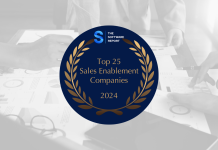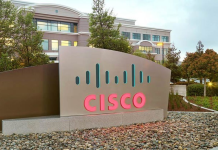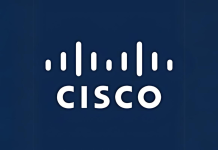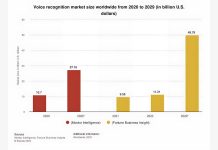As more organizations transition to the cloud, in just two years Gartner estimates that at least one-third of the largest software vendors will have completely transitioned their products from cloud-first to cloud-only.
In a pure Software-as-a-Service (SaaS) scenario, customers subscribe to software as opposed to owning it themselves. The software is then centrally hosted on a virtualized infrastructure and served on demand via the Internet to multiple organizations, rather than in the traditional means wherein businesses buy software and install it on premise. Core business processes supported by SaaS include; email and collaboration, such as Microsoft’s Office 365 and Google’s Gmail; Customer Relationship Management, including NetSuite CRM and Salesforce; and human resources via Workday and SAP SuccessFactors. Other business functions such as document management and demand generation are also supported by SaaS solutions.
The clear benefits of SaaS software, such as grater agility for customers, reduced IT dependence and cost, along with faster implementation time and fewer operational complexities have created multi-billion-dollar tech titans such as Salesforce.com, NetSuite and Workday. Revenue growth at these leading providers has been further accelerated by the reoccurring subscription model of SaaS along with new sales wins and the continual revamp of the SaaS product suite.
SaaS companies tend to grow faster due to a myriad of factors including a lower barrier to sale than that of on premise counterparts. Touting less of a financial commitment and IT dependency, SaaS companies tend to reel in new customers faster, then work to keep them on board and incentivize product upgrades. As mobile usage and adoption continues to grow, SaaS companies also have the upper-hand of being designed to support APIs for mobile applications and have a “run anywhere” architecture.
At a recent annual conference for IT infrastructure operations professionals in Las Vegas, Gartner research VP Milind Govenkar argued that the days of enterprise software licenses are running out. This rapid enterprise software transition may have some unexpected implications for customers, he explained. While Infrastructure-as-a-Service prices decline amidst competitive pressure, SaaS products have failed to do the same.
As opposed to decreasing in price, as many would expect, SaaS prices have jumped approximately 8% per year over the last three years, according to the Gartner researcher. He attributes the price hike to a “lock-in strategy” employed by SaaS providers. While enterprises find it easy to switch IaaS cloud providers and move their workloads from one to another, leading SaaS companies such as Oracle, SAP and Salesforce are becoming better and better at integrating their products through a customers’ entire operations. By making their products more “sticky,” they are able to continually tick up the prices of their subscriptions, with customers then less likely to go through the hassle of switching a provider based on a mild price change.
One area of enterprise software wherein this trend is most visible is the data center infrastructure management (DCIM) space, where solutions are relatively expensive and difficult to integrate. This is because they typically enter multiple levels of an organization’s infrastructure, from electrical and mechanical systems to IT hardware and IT service management systems. DCIM market leader Schneider Electric is one vendor already planning on transitioning to a cloud-only model. While the move may take a while, with over 10,000 licenses of its on premise DCIM software currently owned by clients, in just five years the company says it could be close to completely getting rid of its on premise business.
What this means for enterprise customers? While a move to SaaS may work to boost efficiency, productivity and accessibility of business operations, all factors must be considered when making a major business transition.
























